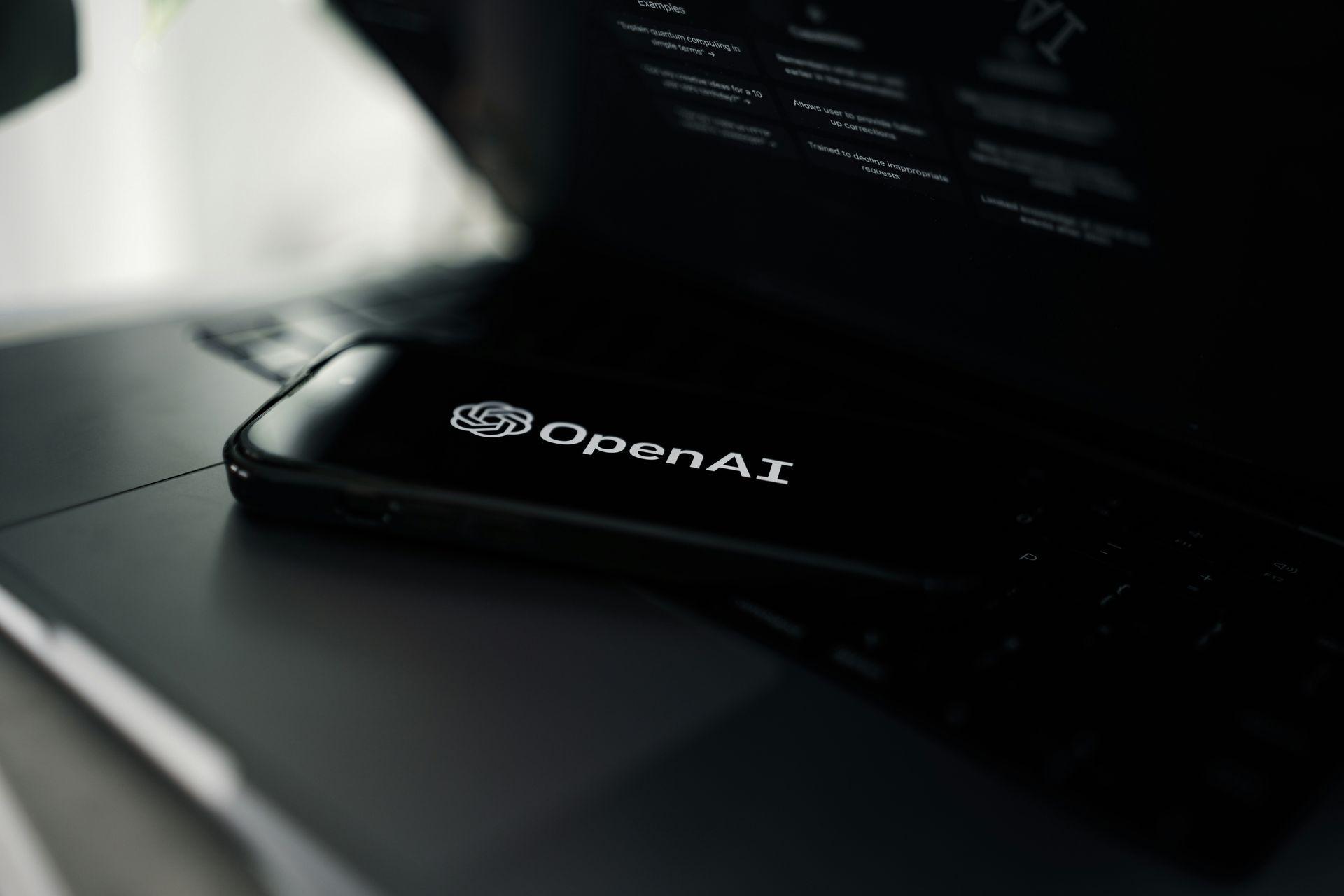The release of OpenAI’s groundbreaking ChatGPT, powered by the GPT series of large language models (LLMs), forever changed the landscape of artificial intelligence.
Now, anticipation surrounding the tech giant’s next major iteration, GPT-5, is reaching a fever pitch.
Inside sources hint at a possible mid-year unveiling, promising the potential for a substantial leap forward in AI capabilities.
Why GPT-5 could usher in a new era?
While OpenAI has continually pushed the limits of its GPT models, with popular versions like GPT-4 and GPT-4 Turbo demonstrating increasing competence, early reports suggest GPT-5 represents more than just incremental progress.
Those privy to demonstrations have lauded GPT-5 as “materially better” than its predecessors, offering advancements that could potentially reshape the way we interact with AI.
Here’s a look at some of those anticipated enhancements:
- Unprecedented understanding and interaction: GPT-5 is expected to possess a profoundly deeper command of natural language. This enhanced understanding could enable the model to engage in more nuanced conversations, follow complex instructions, and provide responses with unprecedented sophistication
- A connected AI ecosystem: Perhaps the most exciting aspect of GPT-5 lies in its rumored ability to interface with other OpenAI-developed “AI agents”. Imagine an interconnected network of specialized AI tools working in concert – generating text, translating languages, writing different kinds of creative content, and working together to solve your problems in innovative ways
- Critical refinements and corrections: OpenAI is keenly aware of the shortcomings and limitations of its current models. With users occasionally reporting factual errors or nonsensical responses from even the powerful GPT-4, it appears GPT-5 may address these pain points, leading to greater reliability and trustworthiness

GPT-5’s timeline and accessibility
Though no official release date has been set, whispers within the industry suggest a summer 2024 launch window for GPT-5 aligns with reports from Business Insider.
Currently, OpenAI is reportedly demonstrating the model’s capabilities to select enterprise partners. Following this initial rollout, rigorous internal testing and safety evaluations will likely precede any public release.
It remains unclear whether GPT-5 will initially launch alongside or within an upgraded version of the ChatGPT platform – potentially as a premium feature for ChatGPT Plus subscribers – or if it will follow the broader availability model of GPT-3.5.
Perhaps one more step closer to AGI
The ambitious scale of GPT-5, coupled with OpenAI’s less publicized efforts, raises intriguing questions about artificial general intelligence (AGI). AGI refers to a hypothetical AI with human-level intelligence and capabilities across various domains. While experts remain divided on when (or if) true AGI will be achieved, projects like GPT-5 hint at an accelerating pace towards increasingly general and flexible AI systems.

OpenAI’s secretive ‘Q*’ project adds another dimension to this debate. While little is publicly known, ‘Q*’ reportedly aims to develop AI models capable of learning and adapting autonomously, without the need for extensive human-labeled data or fine-tuning. If successful, this could open the door to AI systems that teach themselves and operate with a level of independence currently unseen.
The ever-changing landscape of AI
GPT-5’s rumored capabilities highlight the remarkable pace of AI advancement. With each major breakthrough, it’s essential to prioritize transparency, accountability, and the ethical development of these powerful tools.
The release of GPT-5 stands to revolutionize numerous industries, and if it lives up to the hype, OpenAI will further solidify its position as a leader in shaping the future of this transformative technology.
Featured image credit: Emre Çıtak/Google Gemini.






